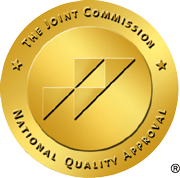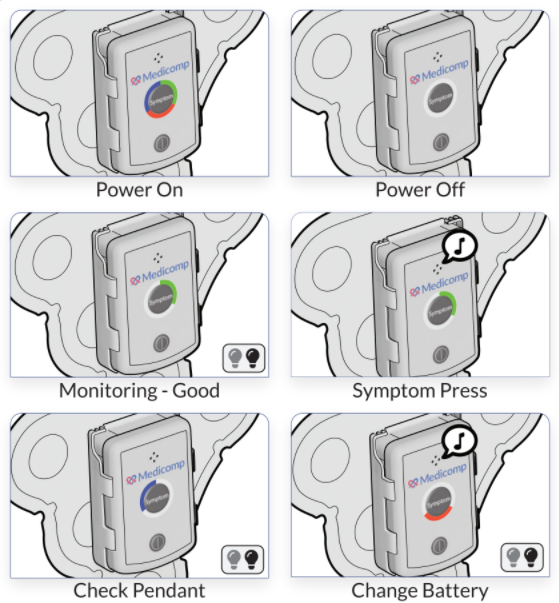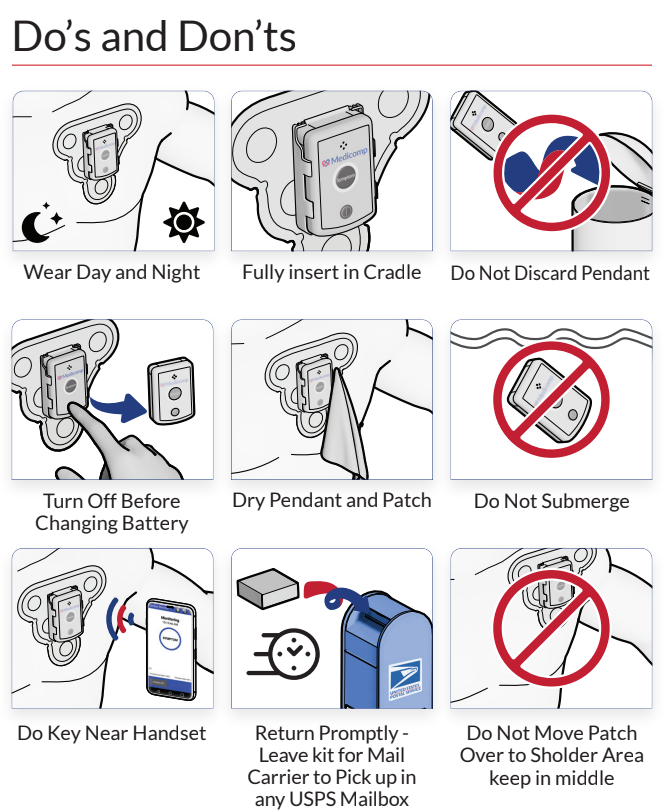We all know the human heart helps pump blood throughout our bodies, but there are some components involved in the heart that most people don’t know about. The more we learn about something, the better we can understand. The University of Tokyo created a virtual simulation of the heart and its function.
Using something called the Finite Element Method, they showed the amount of energy consumed in each part of the heart. The virtual representation viewed the heart’s surface and the differences in thickness of the heart’s muscle and interior structure. It goes on to explain how the heart has two sides, in which the right side has the right atrium and ventricle that connect to the pulmonary artery. The left side has the an atrium and ventricle as well but is connected to the aorta.
Located between the left atrium and ventricle is the mitral valve, and aortic valve is located between the left ventricle and the aorta. The lungs give oxygen to the blood which goes from the pulmonary vein into the heart then to the left atrium. The left ventricle, found behind the mitral valve, pumps blood and rotates it 180 degrees in the direction of the aortic valve. Oxygen and nutrients are carried throughout the body when blood is strongly pushed toward the aortic valve and eventually goes through the aorta. The phrase blood pressure comes from the pressure of the aorta. A person’s blood pressure goes up as the heart contracts and goes down as it relaxes.
The more we understand the heart, then the better doctors can more accurately predict a patient’s results. Devices like an ambulatory cardiac monitor help doctors assist patients in regards to their heart’s activity and increase patient’s chances of avoiding any serious heart issues. For more information on ambulatory cardiac monitors, contact ReactDx at (800) 23-HEART.



